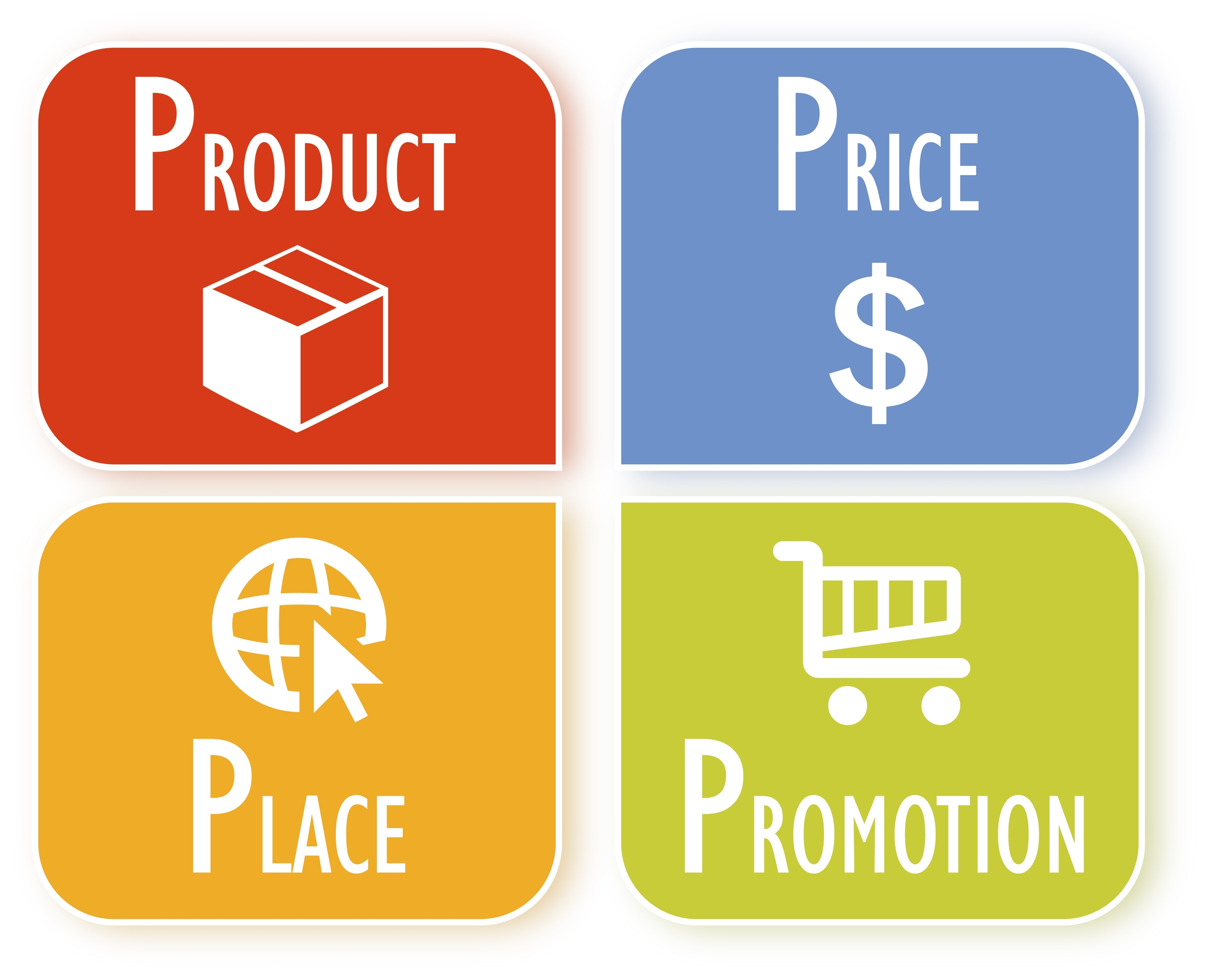
When leading a brand’s marketing strategy, it is important to recognize that many external and internal factors can arise and cause challenges for day-to-day business operations and marketing efforts. These so called “crises” in the supply chain industry can include financial changes, recession, the COVID-19 pandemic, and more, and all have the potential to impact marketing tactics and strategies.
Businesses should have a crisis management plan in place specifically for marketing and PR, so that leaders are able to quickly and successfully navigate any challenges that may arise for businesses.
Read on for examples of PR crises that other brands experienced and how your brand can learn from them to be adequately prepared for potential PR crises.
Johnson & Johnson had a swift PR turnaround in relation to a crisis with Tylenol in the 1980’s, when seven people died from Tylenol capsules laced with cyanide. The product was recalled nationwide, and the crisis led to the adoption of tamperproof packaging for all over-the-counter medicine going forward.
The company reacted to the crisis quickly, recalling 31 million bottles of Tylenol, and also working with the media and law enforcement, ensuring the safety of the public foremost. With this example, Johnson & Johnson showed that their brand is authentic and trustworthy, as the decision to recall the product further built trust and the brand’s reputation.
For a more social media oriented example of handling a PR crisis, in 2015, Reese’s released candies for the holiday season that were advertised as Christmas tree shaped, but customers reacted saying the shape did not in fact look like Christmas trees.
Reese’s responded by starting a social media campaign called #AllTreesAreBeautiful, which turned the negative crisis situation into another marketing opportunity.
Brand’s past PR crises, and the way that brands respond, can be lessons to current brands. Quick and transparent crisis management reassures customers that a brand is empathetic, takes responsibility, and acts quickly to maintain brand image.
The medical distribution industry has faced many business and PR challenges in recent times, including the pandemic, supply chain disruptions, and more. If your company could use assistance planning a marketing strategy that can plan for and navigate potential crises, Share Moving Media has extensive experience working with health systems and medical sales reps to create marketing content that can assist brands in times of crisis. Contact Scott Adams at sadams@sharemovingmedia.com to set up a time to meet to learn more.



